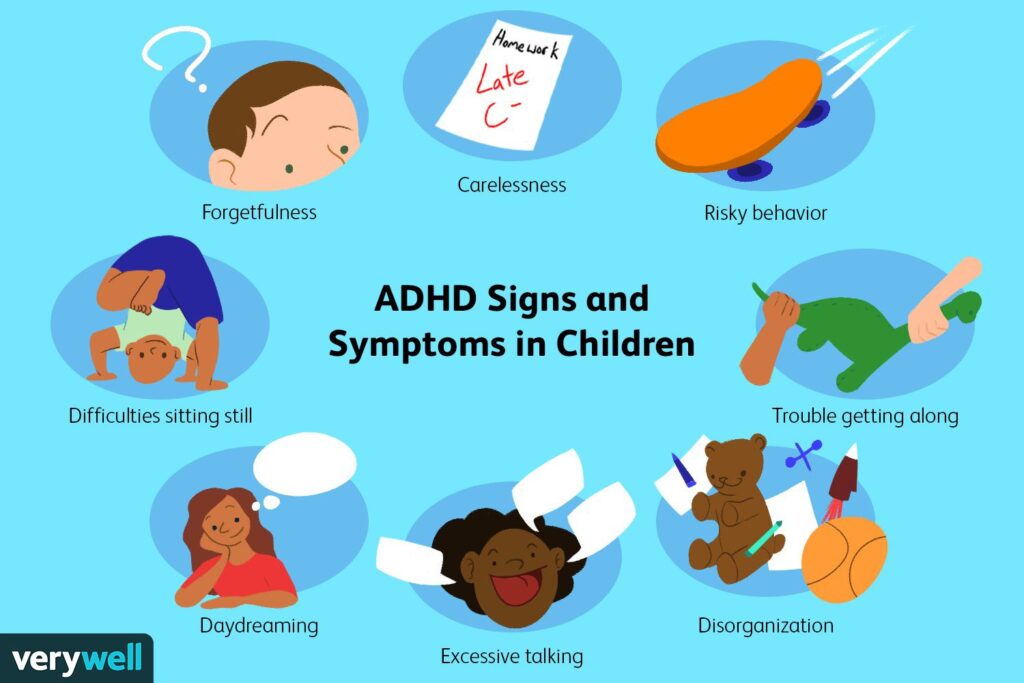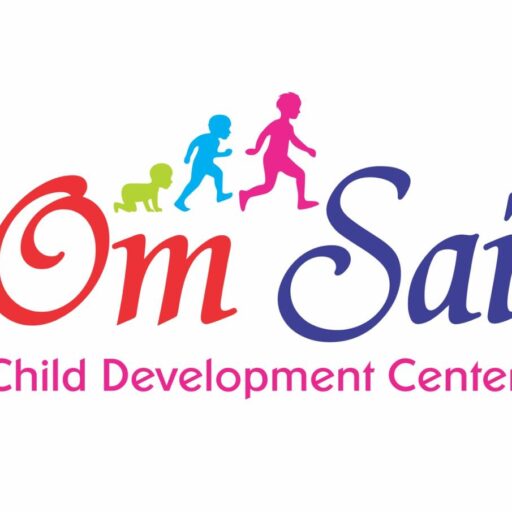Definition:
ADHD is a neurodevelopmental disorder characterized by symptoms of inattention, hyperactivity, and impulsivity.

Prevalence:
8-10% of children and 4-5% of adults worldwide have ADHD (WHO, 2018)
Symptoms:
Inattention:
1. Difficulty sustaining focus
2. Disorganization and forgetfulness
3. Struggling to follow instructions
4. Avoiding tasks requiring mental effort
Hyperactivity:
1. Fidgeting or restlessness
2. Excessive running, climbing, or talking
3. Difficulty engaging in quiet leisure activities
4. Feeling constantly “on the go”
Impulsivity:
1. Interrupting others
2. Blurting out answers
3. Difficulty waiting for one’s turn
4. Impulsive spending or reckless behavior
Types:
1. Predominantly Inattentive Type (ADHD-PI)
2. Predominantly Hyperactive-Impulsive Type (ADHD-PH)
3. Combined Type (ADHD-C)
Causes/Risk Factors:
1. Genetics
2. Brain structure/function differences
3. Environmental factors (prenatal exposure to toxins)
4. Family history
Diagnosis:
1. Comprehensive diagnostic evaluation (Vanderbilt Assessment Scale)
2. Medical evaluation (sleep disorders, vision problems)
3. Behavioral observations
Treatment/Interventions:
1. Medications (stimulants, non-stimulants)
2. Behavioral Therapy (BT)
3. Cognitive-Behavioral Therapy (CBT)
4. Social Skills Training
5. Lifestyle changes (exercise, sleep hygiene)
Accommodations/Strategies: *
1. Individualized Education Programs (IEPs)
2. Section 504 Accommodations
3. Break tasks into smaller steps
4. Use visual reminders and schedules
5. Provide physical activity breaks
Om Sai Child Development Center’s Approach:
1. Multidisciplinary team (OT, PT, Speech, Psychology)
2. Comprehensive assessment and diagnosis
3. Individualized treatment plans
4. Family-centered care and education
5. Ongoing monitoring and adjustments By understanding ADHD and its effects, Om Sai Child Development Center provides supportive and tailored interventions to help children and families manage symptoms and thrive.
